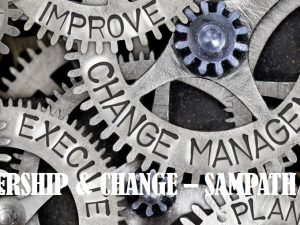| Preview |
SUSTAINABLE LEADERSHIP AND ITS APPLICATIONS
DEFINITION: SUSTAINABLE LEADERSHIP
Sustainable leadership is a concept that practice by many organizations to ensure their long-term sustainable existence in the industry. This concept has increasingly become significant with the emerging global trends. Sustainable leadership reflects an emerging consciousness of people who are leading their organizations in a way that account for their impact on earth, society, and the health of local and global economies (Fuerdig, 2007). Sustainable leadership can allow a fast, resilient response which is competitive and appealing to all stakeholders (Avery and Bergsteiner, 2011). As organizational learning is an important factor and a source of creating sustainable competitive advantage, organizations consider sustainable leadership as resource to enhance it (Iqbal, et al., 2020).
EVALUATION OF SUSTAINABLE LEADERSHIP
Sustainable leadership is essential for developing the business in every aspect and economic and environmental stability within which required smooth and stable economic growth include the economic balance, the rate of inflation, the leader’s ability getting creative ideas (Rehman, et al., 2019).
Accordingly, leadership is one of crucial factor that affect any organization, and it shapes the entire process and environment of the organization. Sustainable leaders encourage phycological working environment which is crucial for open interpersonal communication and knowledge sharing (LeRoy, 2012). Sustainable leader reveals six core practices; innovation, staff development, long term perspective, ethical behavior, organizational culture, and social and environmental responsibility (Kantabutra & Avery, 2013). These practices generate improvements in profitability, skillful workforce, social recognition and long-term sustainability of the company while supporting the environment and society that they are working with. However, there is no one ‘right’ way within the overall sustainable leadership paradigm (Avery and Bergsteiner, 2011). These leadership practices may be vary according to their industry and the business culture.
|





